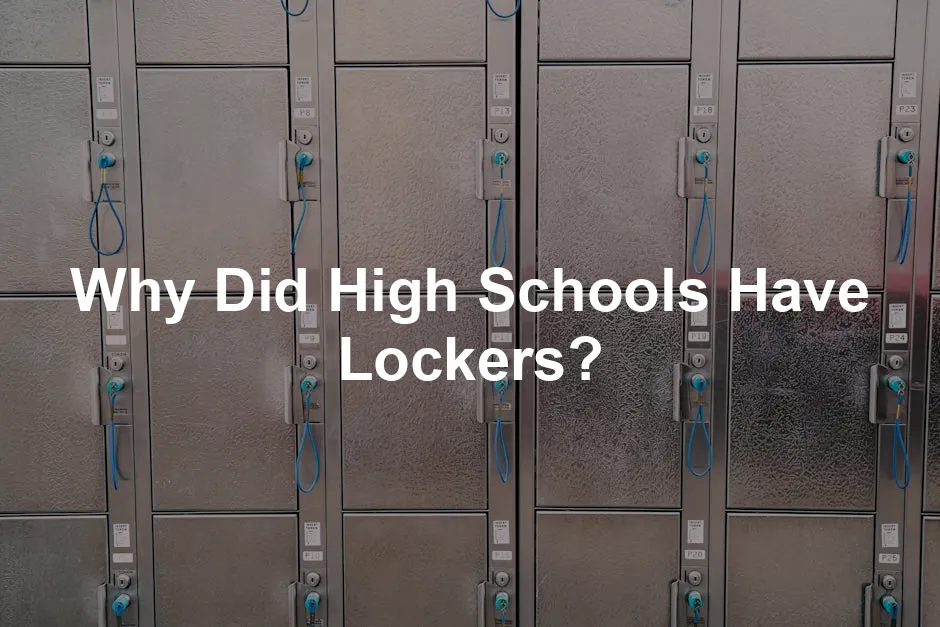
Why Did High Schools Have Lockers?
Introduction
Lockers have been a staple in high schools for decades. They offer students a space to store their belongings securely. Historically, lockers were essential for managing school materials. However, in recent years, their usage has dwindled significantly. So, why did high schools originally adopt lockers?
Summary and Overview
High school lockers have evolved from simple wooden designs to more durable steel versions. Initially, they served as storage for books and personal items. Over time, lockers became a space for organization and a sense of personal space for students. Today, we see a decline in locker use. Many students prefer carrying their belongings instead, often due to crowded hallways and time constraints. This article will explore the historical context of lockers and their current relevance in schools.
Lockers were introduced to meet the growing needs of students. They provided a secure place for belongings, helping to reduce clutter in classrooms. Today, we must consider whether lockers still hold value in modern educational environments. Let’s uncover the journey of lockers in high schools and understand their role in student life.
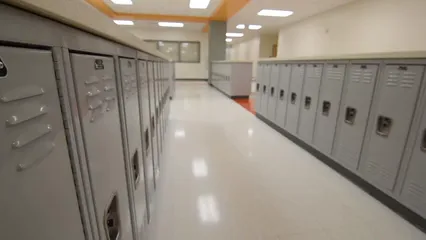
Historical Context of School Lockers
The Origin of School Lockers
School lockers first appeared in the 19th century. They emerged when educators recognized the need for dedicated storage space for students. Early lockers were typically crafted from wood. These wooden lockers were simple, featuring doors that opened to reveal a space for books and other personal items. Their primary purpose was to keep school materials organized and secure. This innovation aligned with the growing enrollment in schools during this period. The history of school lockers reflects a shift towards more structured educational environments, catering to the needs of students in 19th-century education.
Evolution Through the 20th Century
The Industrial Revolution sparked significant changes in school infrastructure. By the late 19th and early 20th centuries, lockers transitioned from wood to metal. This shift was driven by the need for durability and enhanced security. Metal lockers became the standard in many schools, offering better protection against theft and fire. Innovations during this period included combination locks and ventilation slots. These features addressed practical concerns, such as odors from gym clothes. As schools expanded, the demand for lockers grew. Lockers evolved to accommodate not just books but also athletic gear and musical instruments, becoming integral to student life.
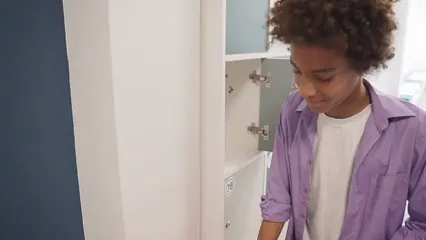
The 21st Century: Modern Lockers
Today, lockers have adapted to meet the needs of modern students. Technological advancements have transformed their design and functionality. Many schools now feature smart lockers equipped with charging stations for devices. These innovations reflect the digital shift in education, where students rely on laptops and tablets. The design of lockers has also evolved, catering to contemporary student preferences. Modern school design often includes flexible locker use, promoting accessibility and organization. As lockers continue to change, they play a vital role in providing students with personal space and a secure place for their belongings in an increasingly digital world.
Functions and Benefits of Lockers
Security and Safety
Lockers play a crucial role in ensuring students’ belongings are safe. Imagine walking through a bustling hallway, packed with students. Where do you store your backpack, phone, and other valuables? That’s where lockers come in. They provide a secure space for students to keep their items, protecting them from theft.
Lockers are particularly important for high schoolers, who often carry valuable items like laptops and smartphones. Having a dedicated space helps alleviate worries about losing personal belongings. This locker security fosters a sense of safety, allowing students to focus on their studies rather than their possessions. Ensuring student safety is vital, and lockers contribute significantly to this aspect of school life.

Speaking of safety, why not enhance your locker experience with a School Locker Combination Lock? This little gadget ensures your belongings are safe from prying eyes and sticky fingers. After all, the only thing that should be getting into your locker is your homework, not a thief!
Organization and Time Management
Lockers also help students stay organized, which is essential for academic success. With a designated space, students can reduce clutter in classrooms. Instead of juggling multiple books and supplies, they can store items in their lockers. This organization promotes a more efficient learning environment.
Moreover, using lockers encourages personal responsibility. Students learn to manage their time effectively, planning when to visit their lockers during the school day. This time management skill is invaluable, helping students balance their academic and extracurricular activities. By fostering organization and responsibility, lockers play a key role in a student’s educational journey.
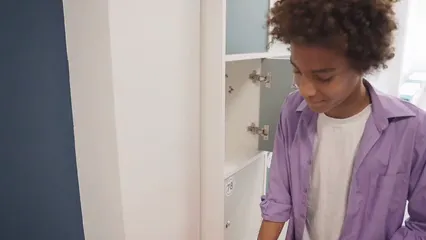
Social Interaction and Personal Space
Lockers serve as social hubs in high schools. Picture this: students gather around their lockers, chatting and sharing stories between classes. This social interaction is essential for building friendships and a sense of community. Lockers become a meeting point, where connections are made and memories are formed.
Additionally, lockers offer students a chance to express themselves. Many personalize their lockers with decorations, photos, and notes. This self-expression adds a unique touch to the school environment, allowing students to showcase their personalities. By providing personal space, lockers foster a positive school culture where students feel comfortable and connected.
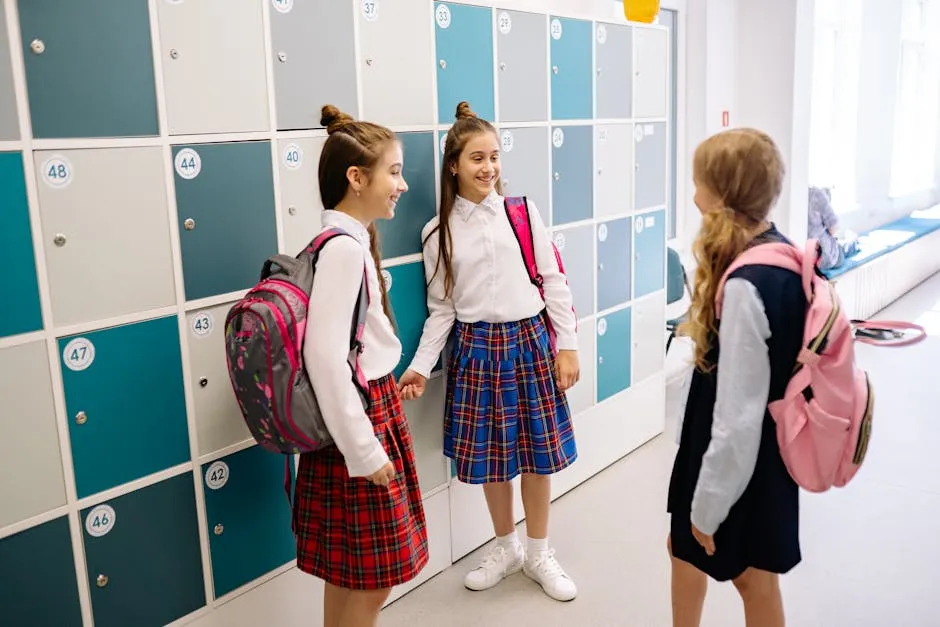
Reasons for Declining Locker Usage
Technological Advancements
Have you noticed how technology has transformed education? The rise of digital learning tools has significantly impacted locker usage. Many students now rely on digital textbooks and online resources. Instead of lugging heavy books around, they access materials from personal devices.
This shift has made lockers less essential. With everything available online, students have fewer physical items to store. Instead of textbooks, they carry lightweight laptops or tablets. This convenience allows them to keep their belongings in their backpacks. The integration of technology in education has reshaped how students approach their daily school needs.
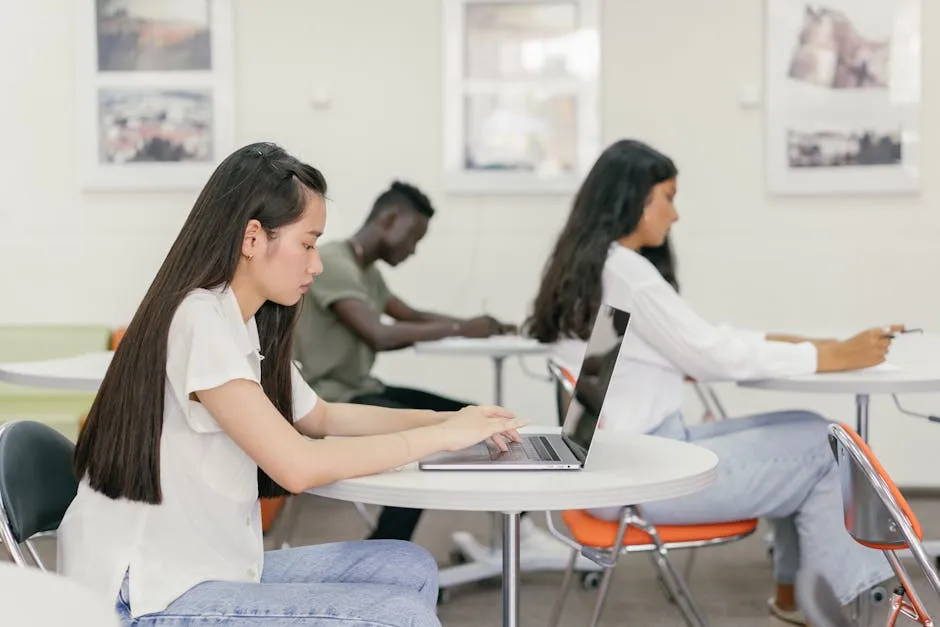
Furthermore, the use of personal devices has skyrocketed. Students are now equipped with smartphones and portable phone chargers. These devices allow them to access class notes, assignments, and educational apps anytime. As a result, the need for a designated storage area, like lockers, diminishes. When everything is digital, why bother with lockers?
Changes in Student Behavior and Preferences
Student preferences have also shifted dramatically. Many high schoolers now prefer carrying backpacks over using lockers. Why? It’s simple. Carrying everything makes it easier to stay organized. When students have everything in one place, they can avoid forgetting important items.
Time constraints between classes play a role too. With only a few minutes to transition, who has time to stop at a locker? Crowded hallways further complicate the issue. Navigating through busy corridors can be a hassle, making it more appealing to carry items around. It’s no wonder many students have adopted this backpack culture.
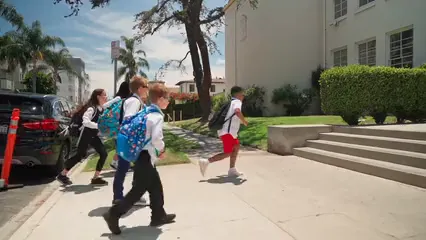
Moreover, carrying a backpack has become a norm among students. It’s not just about convenience; it’s about identity. Students express themselves through their choice of bags and what they carry. This cultural shift has made lockers seem outdated. As students embrace a more mobile lifestyle, lockers fall by the wayside.
The Impact of School Design
School design significantly influences locker usage. Many schools have layouts that make lockers less accessible. Often, lockers are placed far from classrooms, requiring extra time to reach them. This can be inconvenient, especially during busy class transitions.
Additionally, hallway congestion poses a problem. When every student rushes to their locker, traffic jams occur. This congestion can lead to delays, causing students to be late for class. As a result, many opt to skip their lockers entirely, carrying all their belongings to avoid the hassle.

The combination of accessibility issues and crowded hallways makes lockers less appealing. Students prioritize efficiency and convenience. With the current school design, lockers simply don’t fit into their daily routines. As schools continue to evolve, addressing these design challenges could determine the future of locker usage.
Case Studies: High Schools Without Lockers
Successful Implementations
Many schools are opting to remove lockers altogether. For instance, Wayzata High School in Minnesota has seen a significant shift. Principal Scott Gengler reports that only about 100 out of nearly 4,000 students requested a locker this year. Instead, students choose to carry their backpacks. This change has resulted in less congestion in the hallways and more space for student interaction.
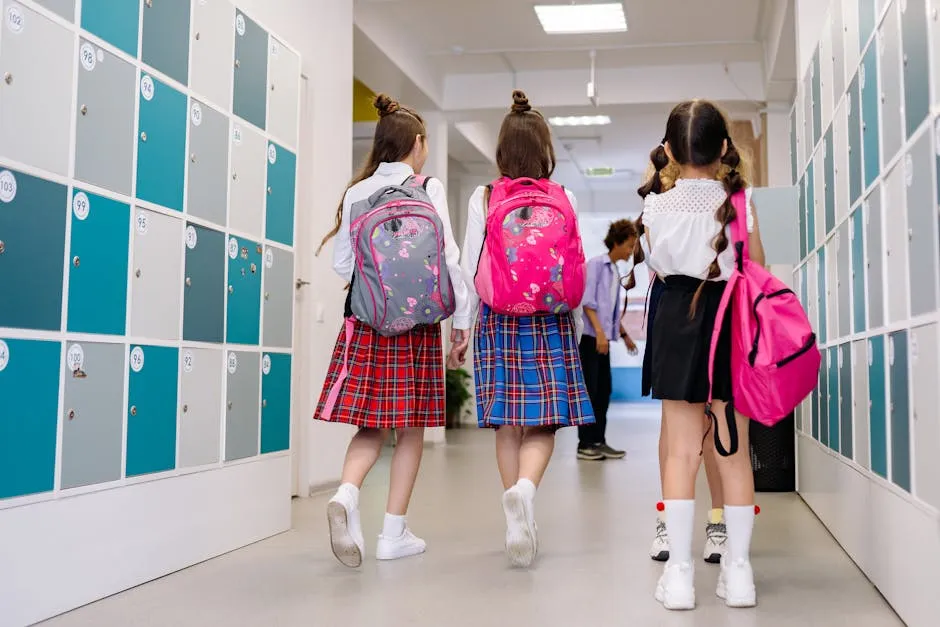
Similarly, some schools have noted improvements in safety and organization. By eliminating lockers, they create wider hallways, reducing the chances of accidents during transitions. Students have expressed satisfaction with the new layout, as it fosters a more open environment. For example, at Tullahoma High School, locker removal has allowed for better flow during busy class changes. This adjustment promotes a sense of community among students, allowing them to gather and socialize freely.
Feedback from both students and faculty highlights the positive aspects of locker removal. Many students appreciate the ability to keep all their materials in one place. They find it easier to manage their belongings without the added hassle of navigating to a locker. Faculty members have also noticed that this shift encourages students to be more responsible for their items. As a result, the locker removal benefits are becoming clear in various school settings.
Challenges Faced
While eliminating lockers has its perks, it also presents challenges. One significant issue schools face is sports equipment storage. Without lockers, students involved in athletics need alternative solutions for their gear. This often requires additional space or designated areas for storing items like uniforms and equipment.

Balancing student needs with space management can be tricky. Schools must ensure they have sufficient locations for all students to store their personal items. Some schools have responded by creating designated storage areas or closets for sports gear. However, this can lead to overcrowding and accessibility issues if not managed properly.
Additionally, students who prefer having a space to call their own may feel the loss of lockers. Personal lockers often serve as a sanctuary for students to express themselves. Without them, some students might struggle to find a place to store personal items or maintain organization. Addressing these challenges remains crucial as schools consider the future of locker usage.
Please let us know what you think about our content by leaving a comment down below!
Thank you for reading till here 🙂
And if you’re looking for ways to stay organized and prepared, consider grabbing a Study Planner Notebook! It’s like having a personal assistant, but way cheaper and doesn’t judge you for binge-watching that show!
Lastly, consider adding some fun to your study sessions with Fun Desk Toys for Stress Relief! Because who doesn’t need a little distraction while trying to cram for that big test?
All images from Pexels




